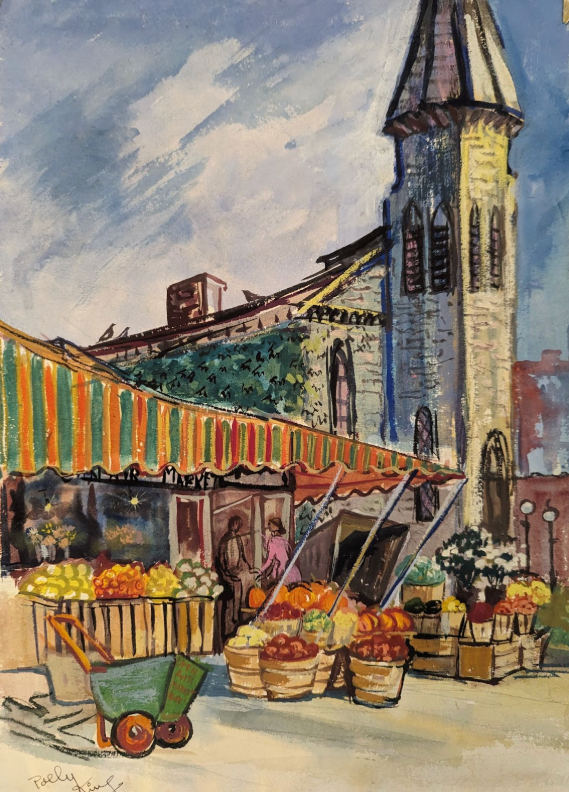
First Congregational Church
In the mid-19th century, debates over slavery divided families and neighbors in one of the oldest churches in Niagara Falls.
On April 9, 1865, General Robert E. Lee’s surrender to General Ulysses S. Grant at the Appomattox Court House in Virginia signaled the end of the Civil War. Over 500 miles away in Niagara Falls, New York, the bells of First Congregational Church rang out to likewise signal the end of the bloody four-year battle over slavery in the United States.
This must have been a joyous occasion for parishioners who supported the abolitionist movement. Since its founding, the church and its members debated the issue of slavery--beginning with “the decision about whether to incorporate as a Congregational or Presbyterian Church.” Congregationalists often supported abolitionism, whereas Presbyterians “often opposed abolitionism and included slaveholders as members.” In Niagara Falls, the question ultimately came down to “whether abolitionists should be allowed to hold meetings in the church.”
In 1856, James Vedder, a church trustee, left the church because he didn’t want it to “become a haven for abolitionist speakers.” He was angry because a Black man, perhaps none other than Frederick Douglass, had recently lectured in the church. Other members left and formed their own church because they disagreed with the abolitionist views of the majority. These debates divided families and neighbors and continued for many years.
So, what made this church such a hotbed for debates over abolition? The answer lies in the history and very location of the church itself.
First Congregational is one of the oldest and most historic churches in Niagara Falls. It originated in 1853 when residents began holding prayer meetings and services in a local schoolhouse. In 1855, these founding members laid the cornerstone for the church on a plot of land donated by James Vedder. Built in the Greek Revival/Italianate style, the church was dedicated two years later.
The church was built out of Niagara limestone, bedrock, and other materials used in the construction of the world’s first railway suspension bridge which spanned the Niagara Gorge, connecting the U.S. and Canada. The bridge was completed in 1855, just months before the groundbreaking for the church. Trains crossed the upper decks of the new bridge, while pedestrians and carriages crossed below on the original 1848 suspension bridge.
Freedom seekers on the Underground Railroad used these bridges to cross into Canada where they could be free. The 1850 Fugitive Slave Act, which “required that slaves be returned to their owners, even if they were in a free state,” made these crossings even more dangerous.
Significantly, the church was just one block from the bridge; it had many abolitionist members and, by the 1860s, it appointed well-known abolitionist Benjamin F. Bradford as minister. For these reasons, historians believe the church was a stop on the Underground Railroad.
First Congregational United Church of Christ, as it’s now known, still operates today. The church stands as a living monument to the intense conflict over slavery that led to the Civil War and the fight for freedom in a place that, for quite some time, became aptly known as Suspension Bridge Village. Visitors can learn more about this rich history at the nearby Niagara Falls Underground Railroad Heritage Center located at the Niagara Falls Amtrak Train Station.
Hope L. Russell, Ph.D.

